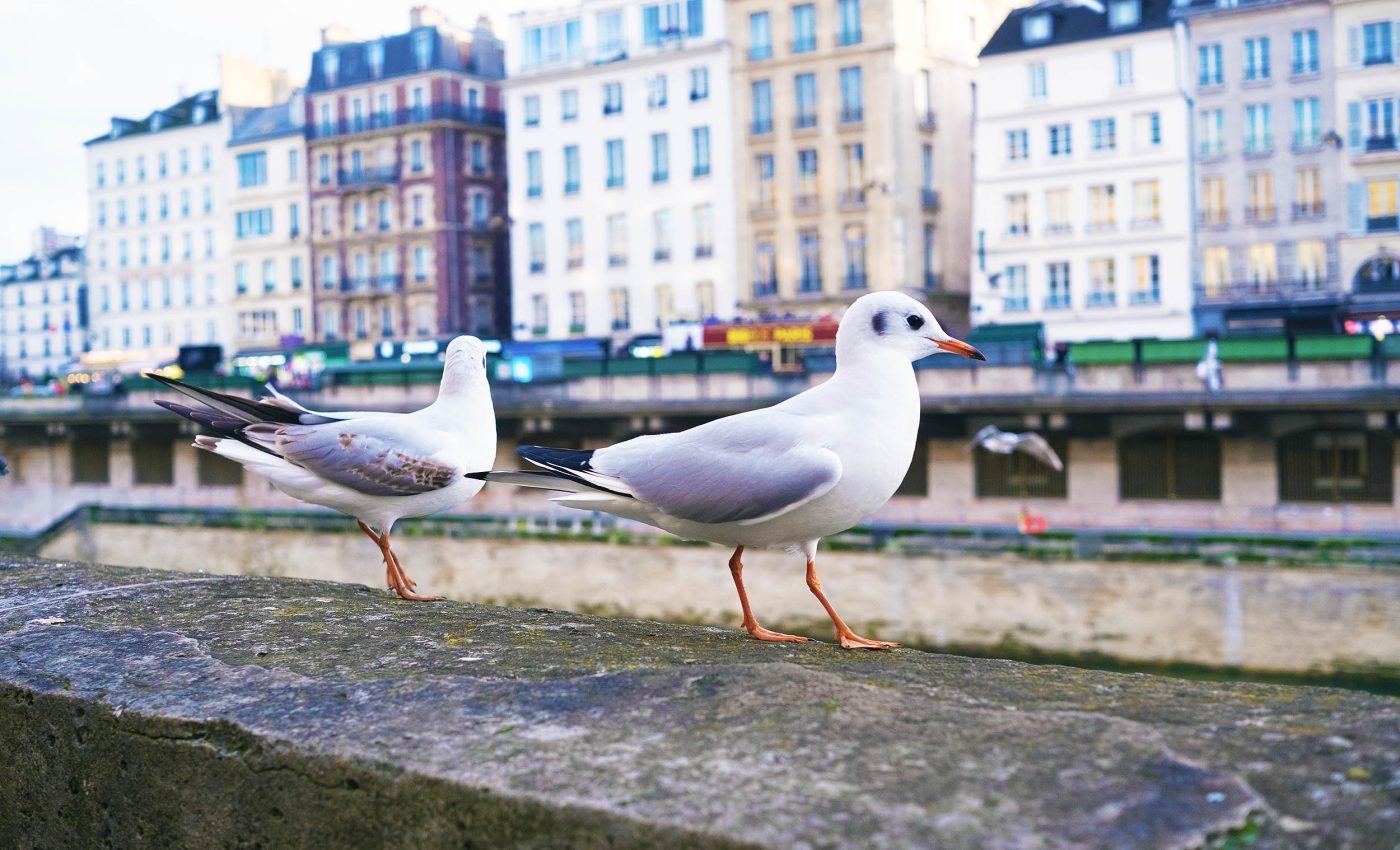
Urban seagulls still prefer seafood over city food
Birds of a feather flock together, right? Not necessarily when it comes to urban seagulls. These seemingly cosmopolitan creatures might be sighted more often in our towns and cities, but according to new research, they’re coastal creatures at heart. Urban gulls, it seems, still have a taste for seafood.
This fascinating study was conducted by scientists at the University of Exeter, specifically the Centre for Ecology and Conservation on Exeter’s Penryn Campus in Cornwall.
Led by Emma Inzani, the researchers dove deep into the eating habits of herring gull chicks that had been rescued after falling off roofs in towns across Cornwall, UK.
Seagulls prefer seafood
The chicks, raised in captivity before being released back into the wild, were given a choice of diets to follow.
Some were given a “marine” diet, rich in fish and mussels, while the others were given an “urban” diet, chock full of bread and cat food. Both groups were periodically tested on their food preference – with a platter of all four foods presented in different bowls.
Regardless of their upbringing, they all flipped their feathers for the fish, overwhelmingly showing a preference for seafood over their city-styled meals. This was quite a surprise, considering a good portion were brought up on the urban diet.
City buzz to ocean waves
“Our results suggest that, even when reared on an ‘urban’ diet of foods found only around people, these chicks might be unlikely to seek out urban foods as adults,” said Emma Inzani.
“Human-associated foods are often both reliably present and easy to obtain – but when fish is available they clearly prefer it.”
The reluctant urbanite
If they prefer seafood, why do we see so many seagulls in our cityscapes? Aren’t they just pests, scavenging for dropped food, rummaging through bins, and even snatching food from unsuspecting folks going about their day?
As it turns out, these birds are on the UK’s List of Highest Conservation Concern due to declining populations. In fact, their urban presence could be more out of necessity than choice.
Inzani suggests that reduced fish stocks, combined with the readily available and easy access to food waste in towns, make it less profitable for gulls to fly out to the sea to hunt.
Back to their roots
Previous studies have shown that parent gulls often switch to finding more seafood once their chicks hatch. This new research seems to support that tendency, with the chicks’ clear preference for fish potentially reinforcing the parents’ habit of sourcing more marine-based foods upon chick hatching.
“Animals can live and exploit urban areas for human food waste,” said senior author Dr. Neeltje Boogert. “However, this does not necessarily mean they’re thriving or that they prefer this food, rather than making the best of a bad situation.
“More research is needed to investigate how the food young animals receive affects their later life, including their food choices, health and breeding.”
Implications for conservation
Understanding the natural dietary preferences of urban seagulls can greatly inform conservation efforts. If their instinctive choice leans toward marine foods, then bolstering fish stocks could be a key strategy in restoring their populations.
Conservationists might focus on protecting coastal environments and ensuring sustainable fish populations to provide gulls with ample feeding grounds.
Moreover, reducing food waste in urban areas might encourage gulls to return to their natural habitats for feeding, making urban gull sightings less common and reducing potential human-wildlife conflicts.
Public awareness on seagulls’ seafood preference
Public awareness and involvement are crucial to the success of any conservation strategy. Educating people about the plight of urban seagulls and their preference for marine diets can foster a sense of empathy and responsibility.
Initiatives such as reducing littering and securing waste bins can minimize the easy access to human-associated foods, thus encouraging gulls to seek their natural prey.
Communities living near coastal areas could also be engaged in citizen science projects, monitoring gull populations and their feeding habits to contribute to ongoing research.
So, what’s next for our city-dwelling sea-lovers? Further research is needed to explore how the food young animals receive affects their later life. Who knows what we’ll uncover about their food choices, health and breeding as the research continues.
Will seagulls stick to their seafood preference or will the city’s charms win over?
The study is published in the journal PeerJ.
—–
Like what you read? Subscribe to our newsletter for engaging articles, exclusive content, and the latest updates.
Check us out on EarthSnap, a free app brought to you by Eric Ralls and Earth.com.
—–













